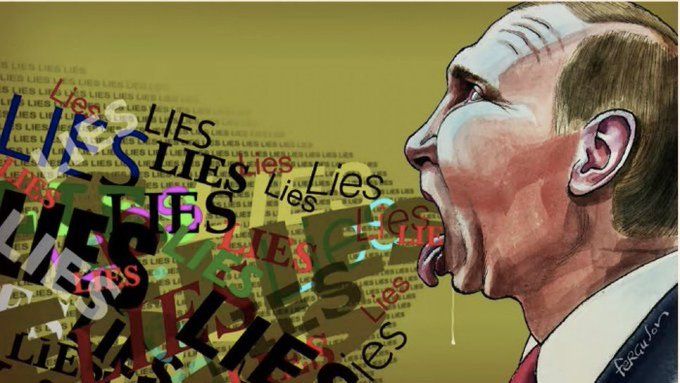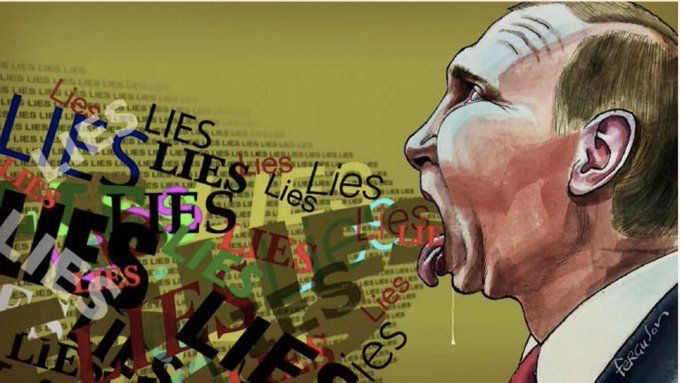Disinformation campaigns are carefully designed to influence public opinion, undermine adversaries, and manipulate geopolitical outcomes.
Yet, history consistently reveals that these campaigns often backfire, producing unintended and sometimes damaging consequences for the very actors who initiate them.
Whether through misreading audience reactions, losing control of the narrative, or triggering global backlash, disinformation strategies can be far more unpredictable than anticipated.
This analysis explores historical and contemporary cases where propaganda campaigns failed to achieve their objectives, offering valuable lessons for understanding and countering misinformation today.
Historical Cases of Disinformation Backfiring
1. Operation INFEKTION (1980s, Soviet Union)
- Objective: The Soviet KGB launched Operation INFEKTION to spread the false claim that HIV/AIDS was a biological weapon created by the U.S. military. This was intended to damage U.S. credibility and erode trust in Western institutions, especially in developing nations.
- Unexpected Outcome: While the narrative gained some traction in parts of Africa and Asia, it largely failed to weaken Western alliances. Instead, it exposed the Soviet Union’s manipulation tactics, fostering global skepticism toward Soviet media. Worse still, it fueled long-lasting conspiracy theories that later undermined public trust in global health initiatives, complicating responses to crises like the COVID-19 pandemic.
- Source: Operation INFEKTION
2. Nazi Propaganda in Occupied Europe (1940s, Nazi Germany)
- Objective: Nazi Germany used aggressive propaganda to instill fear and enforce compliance in occupied territories. This included dehumanizing targeted groups and glorifying Nazi ideology to suppress opposition.
- Unexpected Outcome: Rather than suppressing dissent, Nazi propaganda fueled fierce resistance movements. In countries like France, Poland, and Yugoslavia, harsh propaganda and brutal repression united local populations, leading to the rise of organized underground resistance. The Nazis’ attempts to enforce control ironically deepened international resolve to dismantle their regime.
- Source: Nazi Propaganda
3. The Great Leap Forward (1958–1962, China)
- Objective: Mao Zedong’s propaganda-driven campaign aimed to industrialize China and increase agricultural output through collectivization and mass mobilization.
- Unexpected Outcome: Local officials, pressured to report success, fabricated production statistics to align with state propaganda. These false reports led to catastrophic policy decisions, resulting in one of history’s deadliest famines, with an estimated 15–45 million deaths. The Chinese government’s efforts to conceal the disaster delayed international aid and irreparably damaged public trust.
- Source: Great Leap Forward
4. Vietnam War Body Count Strategy (1960s–70s, United States)
- Objective: The U.S. military emphasized high enemy body counts as a measure of progress in the Vietnam War to maintain public support.
- Unexpected Outcome: The focus on body counts failed to reflect strategic success, creating a disconnect between reported victories and the war’s grim realities. This misrepresentation fueled widespread distrust and ignited anti-war protests. Public outrage, intensified by media coverage of civilian casualties, pressured U.S. leadership to withdraw from Vietnam.
- Source: Vietnam War Body Count
5. Brexit Referendum Campaign (2016, United Kingdom)
- Objective: The "Leave" campaign used propaganda to emphasize national sovereignty and economic gains, famously claiming that £350 million sent to the EU could fund the National Health Service (NHS).
- Unexpected Outcome: The misleading promises contributed to the Brexit vote but led to severe political and economic instability. Public disillusionment grew as the realities of Brexit became clear, deepening national divisions and damaging the UK’s global standing. Years of political gridlock and economic uncertainty were unintended consequences that undermined the campaign's simplistic narratives.
- Source: Brexit Misinformation
6. ISIS Online Propaganda (2010s, Middle East/Global)
- Objective: ISIS used online propaganda to recruit fighters, intimidate enemies, and legitimize its self-declared caliphate by portraying it as a utopian Islamic state.
- Unexpected Outcome: Although ISIS successfully attracted some recruits, the graphic violence in its propaganda alienated larger Muslim communities and provoked a coordinated international military response. This backlash led to ISIS’s rapid territorial collapse and global condemnation, the opposite of its intended goal of establishing a lasting caliphate.
- Source: ISIS Propaganda
Contemporary Cases of Disinformation with Unintended Consequences
1. COVID-19 Misinformation (2020–2022, Global)
- Objective: State actors, conspiracy theorists, and anti-vaccine movements spread misinformation about COVID-19’s origins, treatments, and vaccines to undermine trust in public health systems or profit from alternative remedies.
- Unexpected Outcome: While misinformation initially eroded public trust, it also triggered widespread fact-checking efforts and strengthened public health advocacy. Social media platforms implemented stricter content moderation policies, and governments globally invested in combating health misinformation. In effect, disinformation spurred stronger countermeasures and public awareness campaigns.
2. Russian Disinformation on Ukraine (2022–Present)
- Objective: Russia’s propaganda aimed to justify its invasion of Ukraine by portraying it as a defensive operation against NATO aggression and “Nazism” in Ukraine.
- Unexpected Outcome: The campaign backfired, failing to gain traction outside Russia and instead solidifying Western unity. NATO expanded, sanctions isolated Russia economically, and international support for Ukraine surged. Even domestically, cracks appeared as Russians turned to independent media to challenge the Kremlin’s narrative.
Why Disinformation Campaigns Often Backfire
- Misjudging Audience Reactions: Propaganda can misinterpret how diverse audiences will interpret or react to messages.
- Overreach and Fatigue: Excessive or extreme messaging can alienate target audiences.
- Loss of Narrative Control: In today’s hyper-connected world, disinformation spreads beyond intended audiences and can be co-opted or debunked globally.
- Blowback Effect: Aggressive disinformation can unify opponents and trigger stronger resistance.
Conclusion
As the digital landscape evolves, so too does the complexity of disinformation. These campaigns continue to shape public opinion, influence elections, and destabilize societies. Yet, history proves that even the most sophisticated propaganda can spiral out of control, leading to unintended consequences.
Recognizing this unpredictability is essential for governments, organizations, and individuals working to counter misinformation. Strengthening media literacy, promoting transparency, and investing in robust fact-checking are crucial steps in building resilience against this growing threat.
Ultimately, disinformation is a double-edged sword—one that can just as easily harm its creator as its intended target.
Understanding this dynamic is vital in the global effort to protect democratic institutions and maintain the integrity of information in the digital age.






